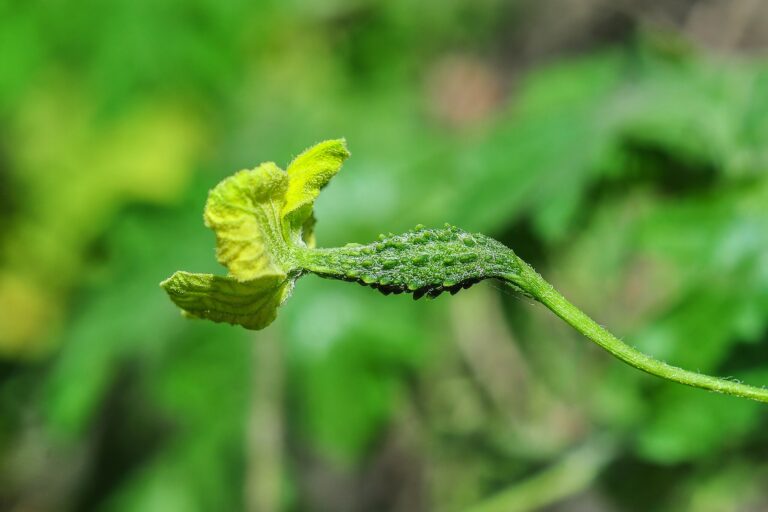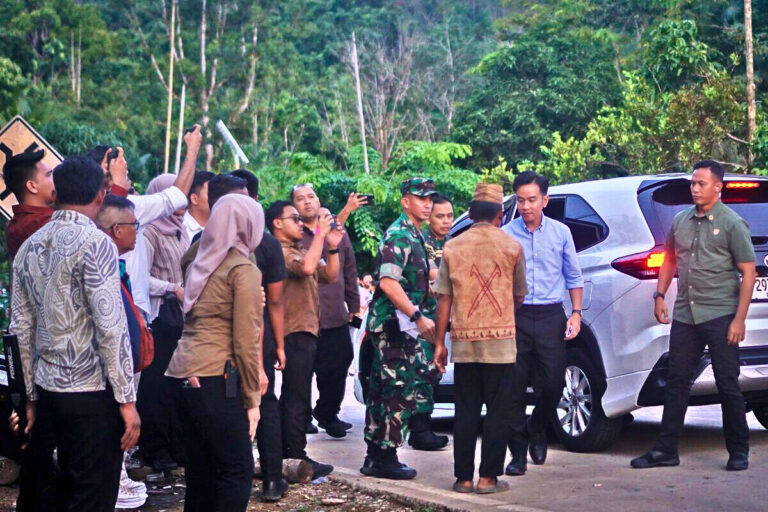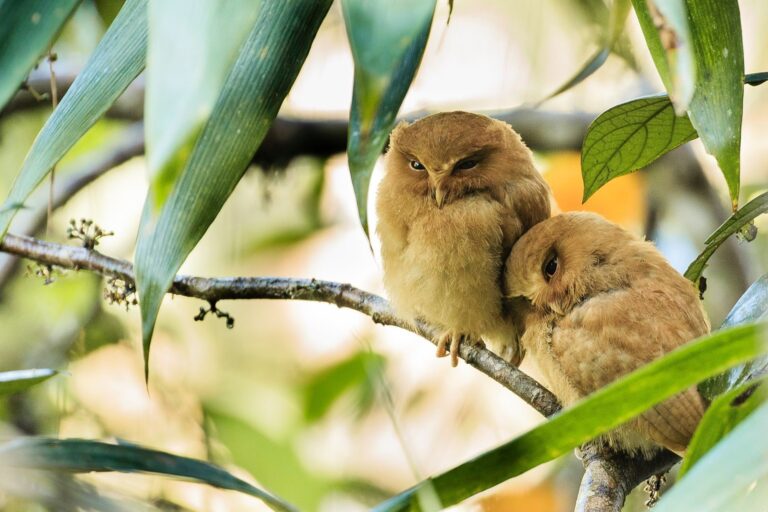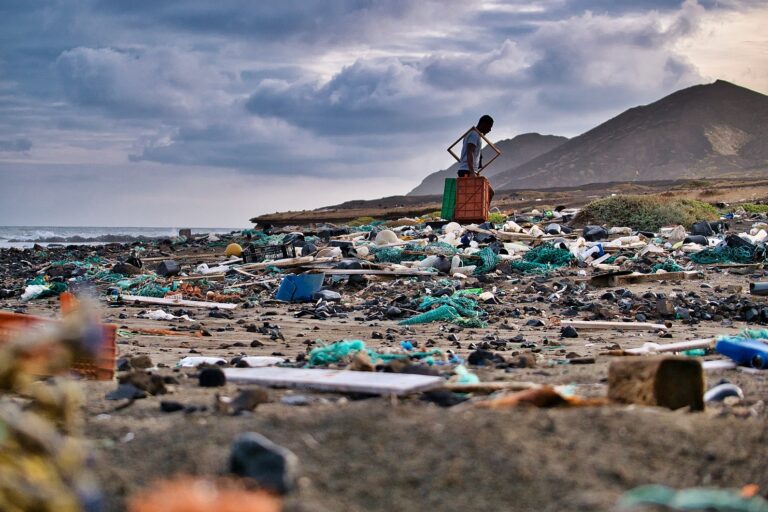- In the mountains of Mindanao Island in the southern Philippines, the Manobo-Dulangan community continues to rely on plant-based medicine for everyday health needs, passing down healing knowledge through generations.
- A new study documents 796 plant species used by 34 Philippine ethnolinguistic groups, highlighting the deep ties between traditional knowledge, health care and biodiversity.
- Environmental threats like logging and limited state support are putting this knowledge system at risk, with most Indigenous medicinal practices still under-documented and unintegrated into formal health care.
- Community members and researchers alike are calling for stronger recognition, environmental protection and responsible efforts to preserve Indigenous knowledge in a rapidly modernizing world.
In the forested highlands of Mindanao Island in the southern Philippines, Mingay Dakias knows exactly where to find medicine — not in modern health clinics but in the leaves, roots and vines that grow wild around his community. Taught by his father, who learned from the elders before him, Dakias brews certain plants into teas to treat stomachaches and mixes others with coconut oil to treat wounds and rashes.
“For many common illnesses, these traditional remedies are really our first aid,” said 65-year-old Dakias, a member of the Manobo-Dulangan Indigenous community in Sultan Kudarat province. “We usually rely on these treatments first and only go to the clinic or hospital when an illness becomes very serious.”
Dakias lives hours from the nearest paved road — much farther from a hospital. Like many Indigenous communities across the Philippines, the Manobo-Dulangan rely on forest medicine for everyday health care. This includes alingatong (stinging nettle, Dendrocnide meyeniana), a deciduous shrub whose broad, hairy leaves conceal a sting, yet locals mix it with coconut oil to create an ointment for easing muscle and joint pain, urinary problems and skin conditions such as eczema.
But researchers say this knowledge system is increasingly at risk, not only from threats like deforestation but also from limited government efforts to formally document, support and integrate traditional medicine into national health and conservation programs.
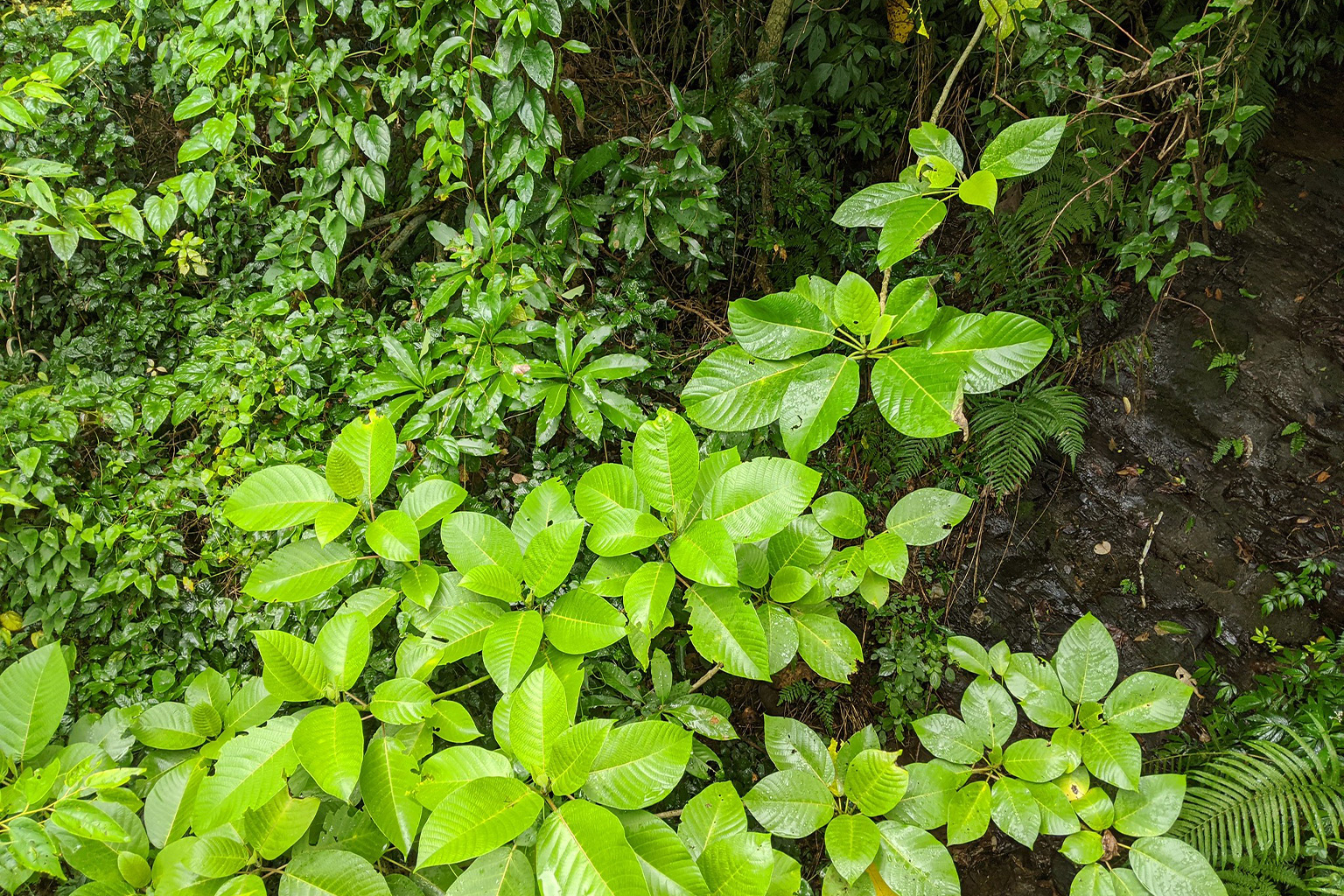
Healing in the highlands
As Indigenous peoples, living in remote areas where poverty limits their access to modern health care and government support remains slow to reach them, they continue to rely on traditional knowledge passed down through generations.
Dakias speaks of a deep trust in the land — one rooted in memory, not manuscripts. His aging father remains his guide, passing down remedies not through books but through hands-on teaching and daily life in the forest.
“We use a wide variety of plants and their different parts to treat things like skin infections, stomachaches, vomiting, bowel problems, headaches and fevers,” he told Mongabay. “Most of these medicinal plants we gather from our mountains and forests.”
To protect them, his community harvests with care. “We only take what we need and make sure not to damage the plants so they can keep growing,” he added. “We teach our younger community members where to find these plants and how to care for the forests and mountains that provide them, because we know that if we lose these places, we lose our medicine too.”
The Manobo-Dulangan approach echoes a broader finding: Traditional ecological knowledge can be critical to both health care and conservation. This idea is supported by a new nationwide study published in Integrative Conservation, which surveyed the plant-based healing practices of 34 Philippine ethnolinguistic groups.
Lead author Krizler Tanalgo, a biology professor at the University of Southern Mindanao, said the study began with a simple mission: to consolidate scattered information about the use of traditional medicinal plants into a single national database.
“This kind of knowledge is so valuable yet easily lost,” Tanalgo told Mongabay. “We hope this effort can help bridge generations and keep this heritage alive.”
His team documented 796 plant species used to treat 25 types of ailments. They found that in areas where modern health care remains out of reach or expensive, communities like Dakias’ turn first to what the forest offers. The study reveals that the country’s rich biodiversity enables ethnolinguistic groups to draw on a vast array of plant species endemic to their local ecosystems.
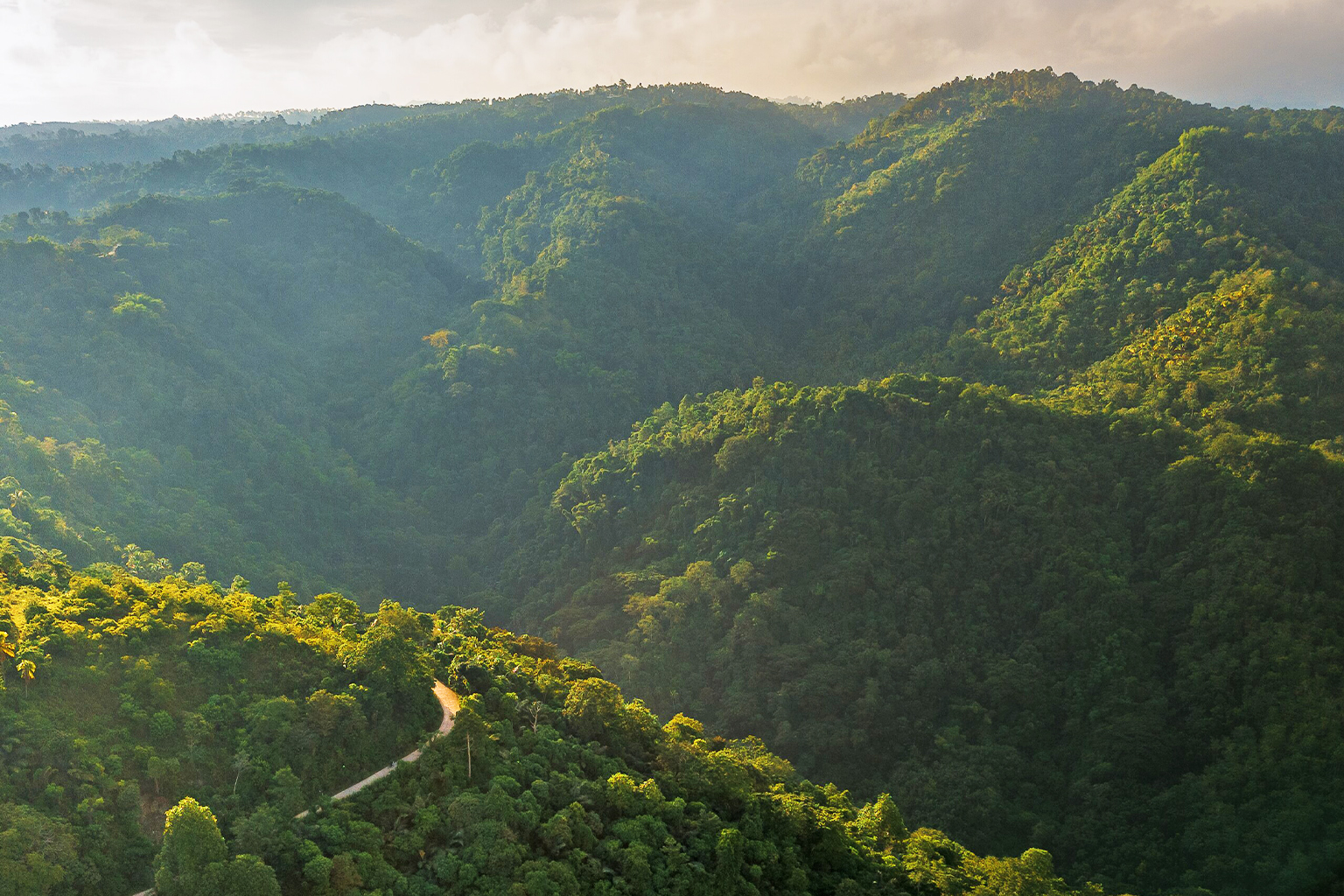
“Our findings highlight the need to protect both environmental and cultural traditions,” the authors wrote. “Preserving traditional knowledge and integrating it into healthcare systems can help ensure that these valuable practices continue to benefit future generations.”
Grecebio Jonathan Alejandro, an ethnobotanist at the University of Santo Tomas in Manila, who was not involved in the paper, called the study’s findings “essential” for identifying which groups heavily depend on medicinal plants and which species may be under pressure. He added that the results are important for integrating traditional practices with contemporary medicine and conservation biology.
Forest and tradition at risk
Even as younger generations leave to study in the city and gain access to modern health care, parents ensure they carry this knowledge, keeping them connected to their home, heritage and the forests that sustain them.
“I learned these practices from my father,” Dakias said. “I’m also teaching my children what my father taught me, so when they grow up and have their own families, they’ll know how to use these plants too.”
For now, the Manobo-Dulangan say their medicinal plants remain abundant. But the threat of illegal timber poaching by non-indigenous trespassers in ancestral forests looms large.
“We do worry,” Dakias said. “If our forests are damaged or lost, we know it would be harder to find these plants in the future. That’s why we believe it’s important to protect our mountains and forests now, so that the next generation can continue to have access to these traditional medicines.”
Tanalgo’s study backs this concern. It found that most ethnolinguistic groups collect medicinal plants in areas with high tree and forest cover — ecosystems increasingly under pressure from infrastructure development and extractive industries in the Philippines. “The loss of threatened medicinal plants could deprive these communities of essential healthcare resources,” the study warned, urging better protection for Indigenous lands and forest habitats.
Alejandro agreed, adding that the biggest threats to medicinal plant species in the Philippines include habitat loss, overharvesting and the erosion of traditional knowledge systems.
“Preserving them will protect our biodiversity as well as cultural history,” he said.

State recognition and respect
While traditional medicinal knowledge remains central to health care in many Indigenous communities, the study points out that government initiatives and academic research to ethically document and integrate it into health systems are limited. The vast knowledge of most ethnolinguistic groups in the Philippines remains understudied and unrecorded.
For Dakias, meaningful government support should begin with recognition.
“Our tribes and cultural communities have ways of living and practicing medicine that are very sensitive, and we hope the government respects that,” he said. “Pregnant women can be shy about going to health clinics. We hope there’s more understanding for how we handle these things in our own way.”
He also called for stronger environmental protections, especially against encroachment on ancestral forests. “If our forests are destroyed, we lose the plants we rely on for our medicine,” he said. “We need strong protections to keep our land and our traditional practices alive for future generations.”
Tanalgo echoed the need for an inclusive policy. “We’d like to see more concrete support,” he said, “whether that’s through increased funding or programs that empower researchers and local communities to document and preserve this heritage.”
Building on this, Alejandro stressed the importance of Indigenous stewardship in conservation efforts. “Local and Indigenous communities are integral to the safeguarding of our medicinal plants due to their knowledge and stewardship of these resources,” he said.
Laws like the Traditional and Alternative Medicine Act of 1997 and the establishment of the government-owned Philippine Institute of Traditional and Alternative Health Care (PITAHC) offer a starting point, but implementation remains uneven, researchers say. Of the 10 herbal medicines endorsed by the Department of Health, only a few, such as lagundi (Chinese chaste, Vitex negundo), ampalaya (bitter gourd, Momordica charantia) and sambong (Ngai camphor, Blumea balsamifera), have gained mainstream traction, largely due to limited scientific evidence supporting the others.
Mongabay reached out to the PITAHC for comment on its efforts to document, support and integrate traditional medicine into national health programs but did not receive a response by the time of publication.
Alejandro said it’s “impossible to integrate” traditional medicinal plant knowledge into conventional health frameworks as long as major barriers — mainly, the lack of documentation and validation of traditional practices — remain unaddressed.
“Partnership with the government and researchers should come in the form of fair community-based conservation initiatives while also honoring their rights to safeguard the sustainability of the plants and traditions,” he said. These collaborations need to be equitable, alongside community health guardianship, in order to blend folk knowledge with modern, evidence-based medicine, Alejandro told Mongabay.
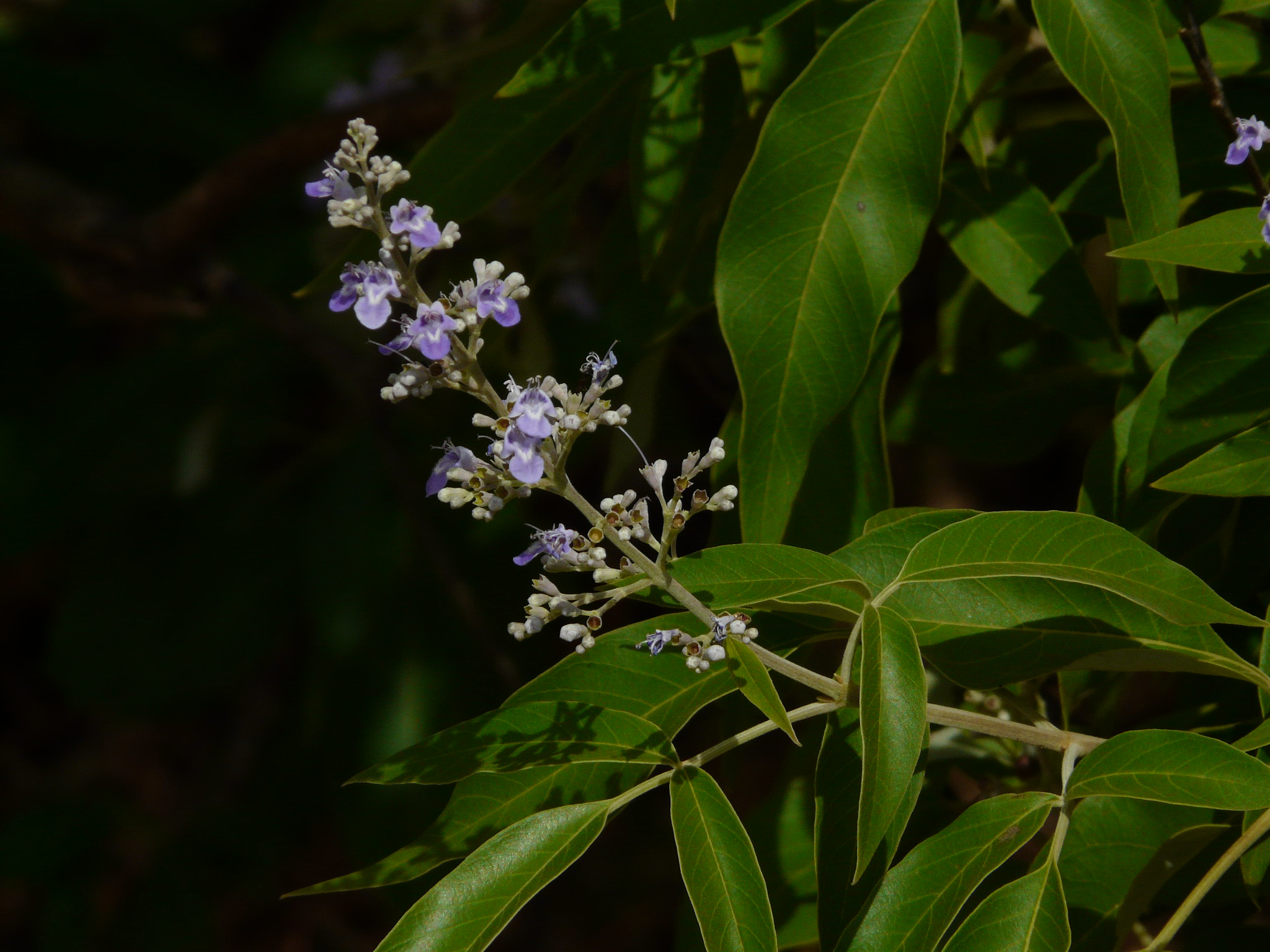
Future research should prioritize validating the safety and efficacy of widely used medicinal plants, assessing the population health of wild-harvested species and examining how socioeconomic factors shape traditional medicine use, Alejandro said. Addressing these gaps, he added, is vital for crafting culture-sensitive policies while supporting public health and conservation.
Meanwhile, Tanalgo’s team created the Herbolario database to consolidate and preserve ethnobotanical knowledge nationwide. “For us, it’s about more than just data; it’s about protecting traditional knowledge in the digital age and understanding why so many communities still rely on traditional medicine, even when modern healthcare is available.”
But Tanalgo stressed the need to balance access with care. “We have to be very mindful about protecting these traditional practices and communities from exploitation,” he said. “Especially when it comes to things like bioprospecting,” the commercial search for useful compounds in traditional plants, often done without community consent.
A future rooted in tradition
So long as poverty persists and government support remains limited, Tanalgo’s team said they believe that Indigenous communities like the Manobo-Dulangan will continue turning to traditional plant medicine — not just to survive but to preserve a living link to their cultural identity.
“These remedies are not only accessible and affordable but also very effective,” Dakias said. “We believe our way still works.”
Tanalgo said that Indigenous knowledge systems, as seen in Dakias’ lived example, hold answers not only for community health but also for how we might better coexist with nature.
“At the end of the day,” Tanalgo added, “safeguarding biodiversity and traditional knowledge go hand in hand. Both are vital to our identity and to the health and resilience of our communities.”
Banner image: Ampalaya, or bitter gourd (Momordica charantia), one of the three medicinal herbs that has gained mainstream traction. Image by Joydeep via Wikimedia Commons (CC BY-SA 3.0).
Indigenous midwives in Panama strive to preserve traditional medicine for maternal health
Citation:
Dela Rosa, J. G., Ornos, E. D., Sianoya, A. C., Tantengco, O. A., & Guinaran, R. C. (2022). Social determinants of health inequities in Indigenous children in the Philippines. Journal of Paediatrics and Child Health, 58(8), 1493-1494. doi:10.1111/jpc.16103
Tanalgo, K. C., Plang, Y., Dela Cruz, K. C., Rubio, M. M., Hilario‐Husain, B. A., Respicio, J. M., … Agduma, A. R. (2025). Diversity and ecological factors influencing medicinal plant use among Ethnolinguistic groups in the Philippines. Integrative Conservation, 4(2), 231-245. doi:10.1002/inc3.70011
FEEDBACK: Use this form to send a message to the author of this post. If you want to post a public comment, you can do that at the bottom of the page.








